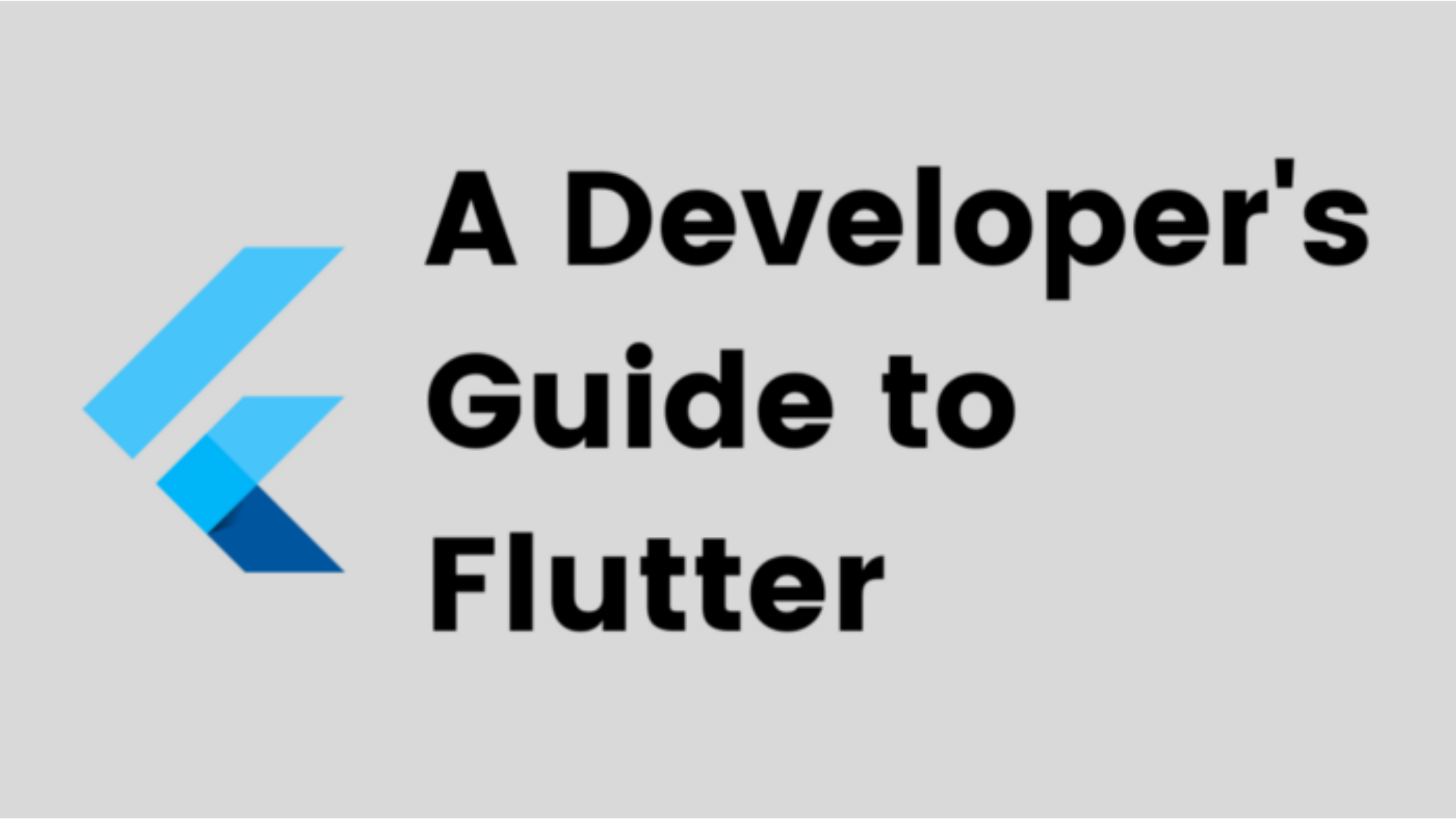

- #Installation guide for app with backend mac how to#
- #Installation guide for app with backend mac install#
- #Installation guide for app with backend mac update#
If you are more familiar with Microsoft Azure’s infrastructure, be sure to check out their Ubuntu Data Science Virtual Machine (DSVM), including my review of the environment. Using a pre-configured environment is not cheating - they simply allow you to focus on learning rather than the job of a system administrator. I strongly urge you to consider using my pre-configured environments if you are working through my books. Deep learning libraries are pre-installed including both those listed in #1 in addition to TFOD API, Mask R-CNN, RetinaNet, and mxnet. This environment is free for anyone on the internet to use regardless of whether you are a DL4CV customer of mine or not (cloud/GPU fees apply).
#Installation guide for app with backend mac install#
We’ll then configure and install TensorFlow 2.0 on our macOS system. In the first part of this tutorial, we’ll briefly discuss the pre-configured deep learning development environments that are a part of my book, Deep Learning for Computer Vision with Python.
#Installation guide for app with backend mac how to#
To learn how to install TensorFlow 2.0 on macOS, just keep reading. Inside this tutorial, you’ll learn how to install TensorFlow 2.0 on macOS (using either Catalina or Mojave).Īlternatively, click here for my Ubuntu + TensorFlow 2.0 installation instructions.
#Installation guide for app with backend mac update#
There are a number of important updates in TensorFlow 2.0, including eager execution, automatic differentiation, and better multi-GPU/distributed training support, but the most important update is that Keras is now the official high-level deep learning API for TensorFlow.įurthermore, if you own a copy of my book, Deep Learning for Computer Vision with Python, you should use this guide to properly install TensorFlow 2.0 on your macOS system. In this tutorial, you will learn to install TensorFlow 2.0 on your macOS system running either Catalina or Mojave

Click here to download the source code to this post


 0 kommentar(er)
0 kommentar(er)
